
Senior physics writer Emily Conover joined Science News in 2016. She has a Ph.D. in physics from the University of Chicago, where she studied the weird ways of neutrinos, tiny elementary particles that can zip straight through the Earth. She got her first taste of science writing as a AAAS Mass Media Fellow for the Milwaukee Journal Sentinel. She has previously written for Science Magazine and the American Physical Society. She is a two-time winner of the D.C. Science Writers’ Association Newsbrief award, and a winner of the Acoustical Society of America’s Science Communication Award.

Trustworthy journalism comes at a price.
Scientists and journalists share a core belief in questioning, observing and verifying to reach the truth. Science News reports on crucial research and discovery across science disciplines. We need your financial support to make it happen – every contribution makes a difference.
All Stories by Emily Conover
-
 Life
LifeFluid dynamics may help drones capture a dolphin’s breath in midair
High-speed footage of dolphin spray reveals that droplets blast upward at speeds approaching 100 kilometers per hour.
-
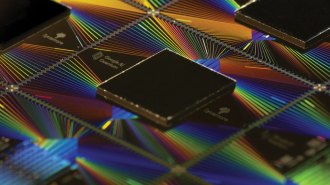 Quantum Physics
Quantum PhysicsGoogle claimed quantum supremacy in 2019 — and sparked controversy
Google’s quantum computer outperformed the most powerful supercomputer on a task, the company reported. But some scientists aren’t fully convinced.
-
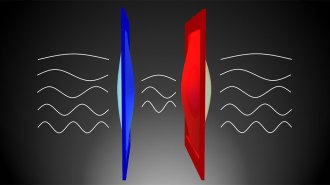 Quantum Physics
Quantum PhysicsQuantum jitter lets heat travel across a vacuum
In a first, scientists observed tiny, vibrating membranes exchanging heat due to quantum fluctuations.
-
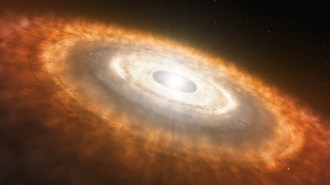 Space
SpaceElectric charges on dust grains may help explain how planets are born
In an experiment, glass beads clung together like protoplanetary dust particles when shaken and flung more than 100 meters skyward.
-
 Quantum Physics
Quantum PhysicsA new, theoretical type of time crystal could run without outside help
The idea tiptoes closer to the original concept of time crystals, first proposed in 2012.
-
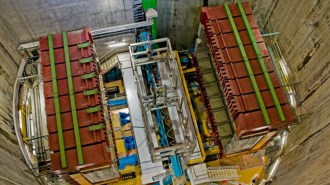 Physics
PhysicsMounting evidence suggests neutrinos are key to why antimatter is rare
The source of matter’s dominance over antimatter might be revealed by the tiny subatomic particles.
-
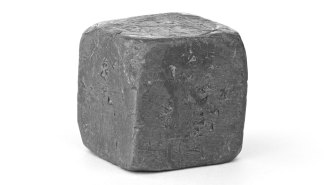 Materials Science
Materials ScienceLead becomes stronger than steel under extreme pressures
Lead is a soft metal, easily scratched with a fingernail. But that changes dramatically when the metal is compressed under high pressures.
-
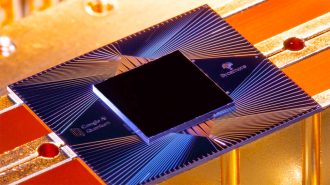 Quantum Physics
Quantum PhysicsGoogle officially lays claim to quantum supremacy
The quantum computer Sycamore reportedly performed a calculation that even the most powerful supercomputers available can’t reproduce.
-
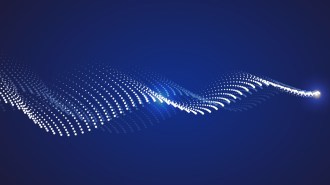 Physics
PhysicsPhysicists have found quasiparticles that mimic hypothetical dark matter axions
These subatomic particles could make up dark matter in the cosmos. A mathematically similar phenomenon occurs in a solid material.
-
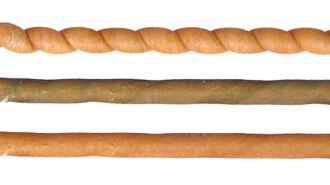 Materials Science
Materials ScienceA new cooling technique relies on untwisting coiled fibers
A “twist fridge” operates via twistocaloric cooling, a technique that generates cooling by unraveling twisted strands.
-
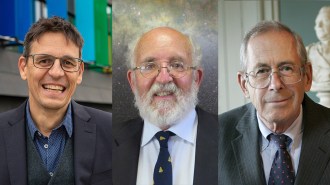 Physics
PhysicsPhysics Nobel awarded for discoveries about the universe’s evolution and exoplanets
Three scientists share the 2019 Nobel Prize in physics for revealing what makes up our cosmos and for finding the first planet orbiting a sunlike star.
-
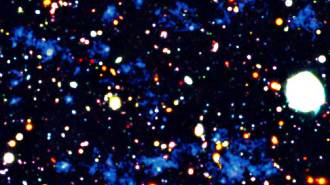 Space
SpaceA new image reveals the structure of the cosmic web
Newly spotted tendrils of gas within a forming cluster of galaxies support scientists’ theory of the cosmos.